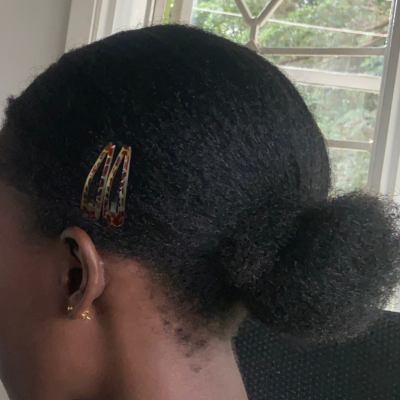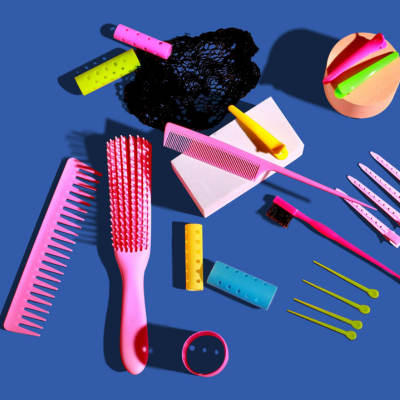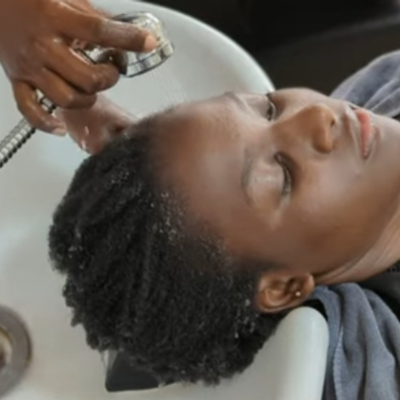- Support 24/7
- +1 (480) 468-4543
- livara@mylivara.com
Scientific Reasons For Faster Hair Growth In Some Individuals
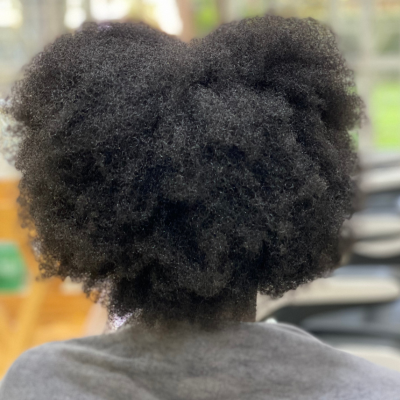
How Does Hair Really Grow? Everything You Need To Know
April 21, 2024
Overcome Hair Loss With These 4 Powerful Natural Remedies
April 23, 2024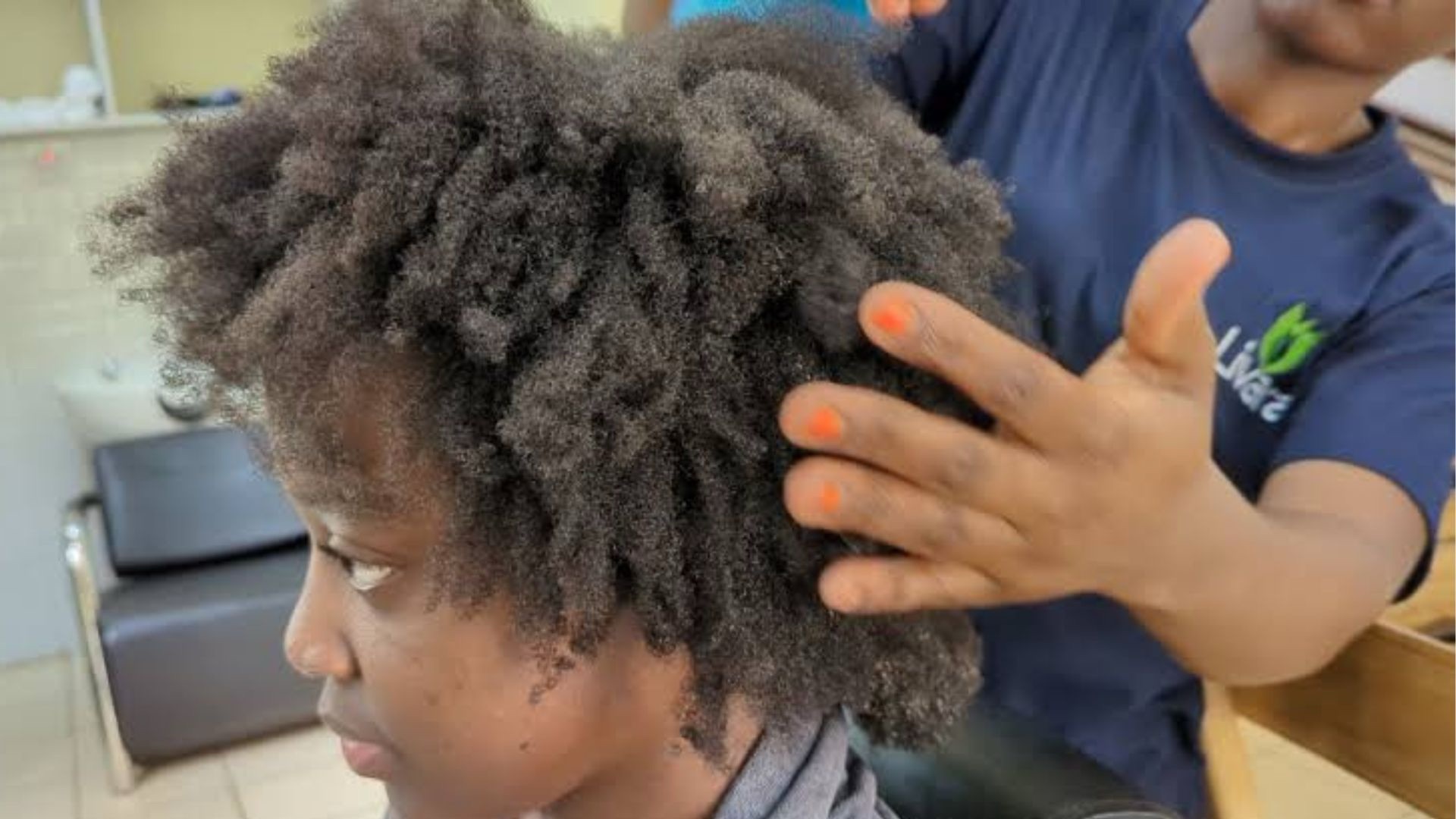
The pace at which hair grows varies greatly among individuals, with some blessed with rapid growth while others struggle to achieve length. In this exploration, we’ll delve into the fascinating factors that influence hair growth rates, uncovering the scientific reasons why some people’s hair seems to sprout like weeds while others await patiently for growth.
Genetic Factors
Genetics play a significant role in determining hair growth rates. The genetic blueprint we inherit from our parents largely dictates our hair’s growth patterns, including its rate of growth, thickness, texture, and color. Some individuals inherit genes that predispose them to rapid hair growth, while others may have genes that result in slower growth or finer hair. Genetic factors also influence the length of the anagen phase of the hair growth cycle, which directly impacts how long hair can grow before shedding.
Hormonal Influence
Hormones exert a powerful influence on hair growth, particularly androgens such as testosterone and dihydrotestosterone (DHT). Hormonal fluctuations throughout life stages such as puberty, pregnancy, and menopause can affect the rate and pattern of hair growth. For example, increased levels of estrogen during pregnancy often result in thicker, more lustrous hair, while hormonal imbalances or conditions such as polycystic ovary syndrome (PCOS) can lead to excessive hair shedding or slowed growth.
Nutritional Status
Nutrition plays a crucial role in supporting healthy hair growth, as hair follicles require a steady supply of essential nutrients to produce strong, resilient hair. A balanced diet rich in vitamins, minerals, protein, and healthy fats provides the building blocks necessary for hair growth and repair. Deficiencies in key nutrients such as iron, zinc, biotin, and vitamins A, C, and E can impair hair growth and lead to hair loss or thinning. Conversely, consuming a nutrient-rich diet can promote optimal hair growth and vitality.
Lifestyle Factors
Lifestyle factors such as stress, sleep quality, and hair care practices can also impact hair growth rates. Chronic stress can disrupt the hair growth cycle and contribute to hair shedding or slowed growth. Adequate sleep is essential for cellular repair and regeneration, including the cells responsible for hair growth. Additionally, practices such as regular scalp massages, gentle detangling, and avoiding excessive heat styling or chemical treatments can promote healthy hair growth and minimize breakage.
Environmental Influences
Environmental factors such as climate, pollution, and UV exposure can affect hair health and growth. Harsh weather conditions, such as extreme heat or cold, can dry out the hair and scalp, leading to brittleness and breakage. Pollution and environmental toxins can accumulate on the scalp and hair, causing irritation and inflammation that may interfere with the hair growth cycle. Protecting the hair and scalp from environmental damage with appropriate hair care practices and products can help support optimal growth.
Bottom line
While the pace of hair growth is largely determined by genetic factors, a variety of other influences, including hormonal balance, nutritional status, lifestyle factors, and environmental conditions, also play significant roles. By understanding the complex interplay of these factors, individuals can take proactive steps to support healthy hair growth and optimize their hair’s natural potential. Whether your hair grows at lightning speed or at a more leisurely pace, nurturing its health and vitality is key to achieving the luscious locks you desire.
Sources:
- Sinclair, R. D. (2007). Looking good: Hair. Clinics in dermatology, 25(1), 1-5. https://www.ncbi.nlm.nih.gov/books/NBK513312/
- Tobin, D. J. (2007). The hair follicle stem cell niche: a model for tissue regeneration. Cold Spring Harbor perspectives in biology, a001888. https://www.ncbi.nlm.nih.gov/books/NBK513312/
- Paus, R., & Cotsarelis, G. (1999). The biology of hair follicles. The Journal of investigative dermatology, 113(4), 523-532. https://www.ncbi.nlm.nih.gov/books/NBK513312/
- Sinclair, R. D. (2007). Looking good: Hair. Clinics in dermatology, 25(1), 1-5. https://www.ncbi.nlm.nih.gov/books/NBK513312/
